Timing is everything
“Congratulations on the acceptance of your manuscript.”
It was strange to read this, since the project almost never happened.
Two years and seven months earlier, only sunlight illuminated the dim, silent hallway and adjoining quiet lab spaces. I hastened down the hall, slowing only to glance at flyers advertising seminars from March 2020. A month outdated, they were a relic from the time before COVID-19 froze academic life, despite the initial drumbeat of “We will remain open.”

As the stem cell center’s director, I’d become what the university termed an “essential worker,” tasked with minding the center’s frozen cell bank. While checking the cryogenic tank, I glanced at Ashlynn’s empty desk.
When could undergrads return to the labs?
Ashlynn was an impressive undergraduate assistant; we wanted to start a research project. It would use human induced pluripotent stem cells, or iPSCs — the center’s specialty — to investigate whether the extracellular matrix impacts cardiomyocyte differentiation.
Like many labs, we were pivoting. We were thrilled that Ashlynn’s summer research proposal had been approved but chose to delay funding until fall 2020.
Then what to do over the summer?
We decided a remote literature review project would be best, helping prepare Ashlynn for bench research in the fall. “This is going to be an incredible learning experience for me,” Ashlynn raved.
With few funding options as a director, I was grateful for departmental professional development funds for her stipend.
Over the summer, Ashlynn made great progress on the literature review. We met twice a week via Zoom and exchanged many emails to discuss papers and flesh out the manuscript. At the summer’s end, we passed the manuscript torch to another undergraduate researcher, Tessa.
Ashlynn meanwhile attended one of the center’s iPSC training workshops and then dug into her research in the lab that fall. Armed with a protocol we reviewed remotely, she finally tried the differentiation.
I remember going into the lab, excited to check on her cells. Carefully taking the plate from the incubator, I set it on the microscope and searched for cells. My heart may have skipped a beat when I saw Ashlynn’s cardiac cells contracting. She had successfully executed the protocol, on her own, on her first try.
By April 2021, research was mostly back to normal, but now our clock was ticking. After two years as the center’s founding director, I was ready for new career adventures, but Ashlynn’s project was unfinished.
How much data could we get before I left? Would it be enough?
We selected extracellular matrix proteins and planned out our best-shot experiment.
And it worked. Sitting with Ashlynn in the center’s dark, cozy fluorescence microscopy room, I gave her a crash course on collecting images. She continued collecting images after I left that day. With those and her detailed notes, it would have to be enough — and amazingly, it was.
Ashlynn graduated in spring 2022 with an honors thesis built upon these experiments. That fall, we wrapped up the literature review, including Ashlynn’s data, and after peer review, it was published.
I was honored that, despite a pandemic, I published with an undergraduate listed as first author.
(The manuscript Teisha Rowland writes about here with multiple undergraduate co-authors was published in the journal Bioengineering.)
Enjoy reading ASBMB Today?
Become a member to receive the print edition four times a year and the digital edition monthly.
Learn moreFeatured jobs
from the ASBMB career center
Get the latest from ASBMB Today
Enter your email address, and we’ll send you a weekly email with recent articles, interviews and more.
Latest in Opinions
Opinions highlights or most popular articles
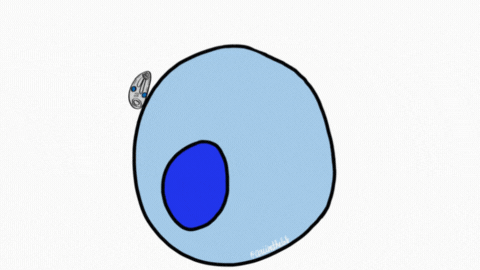
Sketching, scribbling and scicomm
Graduate student Ari Paiz describes how her love of science and art blend to make her an effective science communicator.

Embrace your neurodivergence and flourish in college
This guide offers practical advice on setting yourself up for success — learn how to leverage campus resources, work with professors and embrace your strengths.
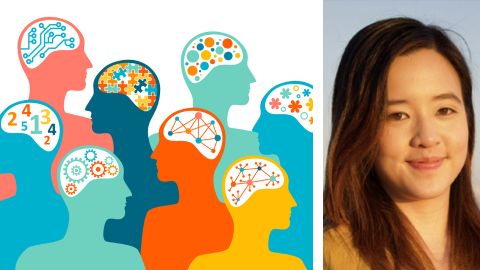
Survival tools for a neurodivergent brain in academia
Working in academia is hard, and being neurodivergent makes it harder. Here are a few tools that may help, from a Ph.D. student with ADHD.
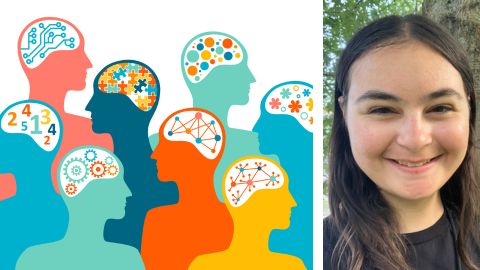
Hidden strengths of an autistic scientist
Navigating the world of scientific research as an autistic scientist comes with unique challenges —microaggressions, communication hurdles and the constant pressure to conform to social norms, postbaccalaureate student Taylor Stolberg writes.
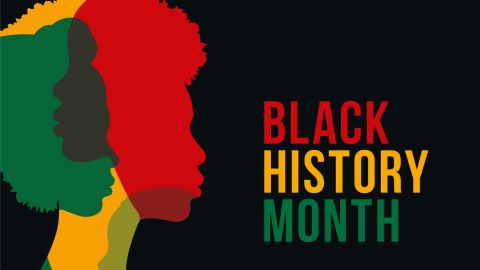
Black excellence in biotech: Shaping the future of an industry
This Black History Month, we highlight the impact of DEI initiatives, trailblazing scientists and industry leaders working to create a more inclusive and scientific community. Discover how you can be part of the movement.
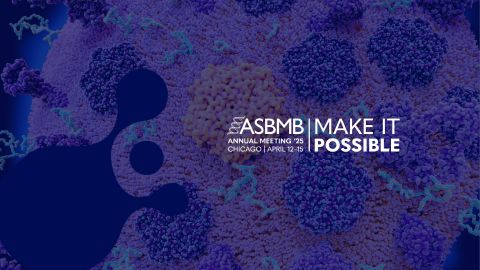
Attend ASBMB’s career and education fair
Attending the ASBMB career and education fair is a great way to explore new opportunities, make valuable connections and gain insights into potential career paths.

